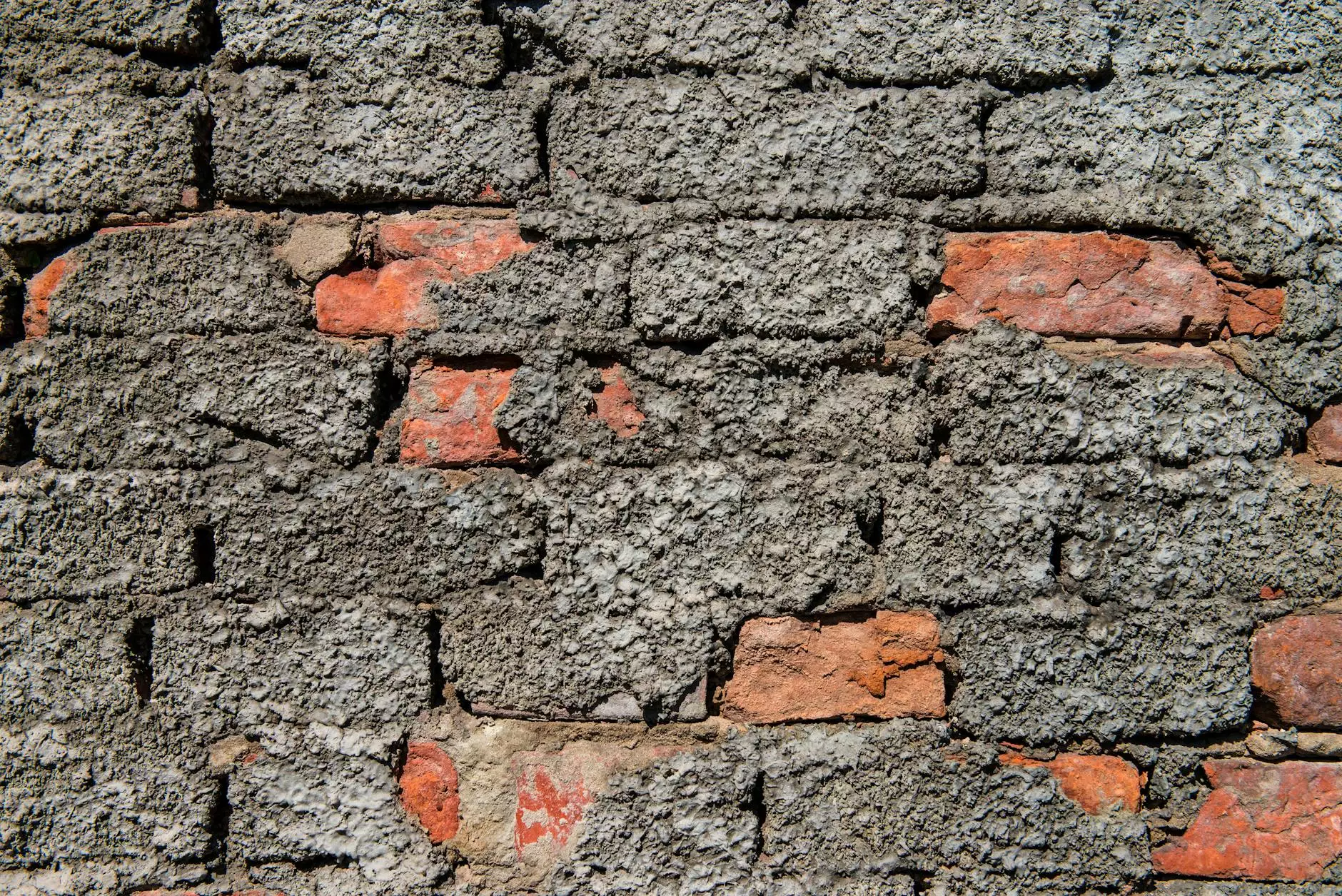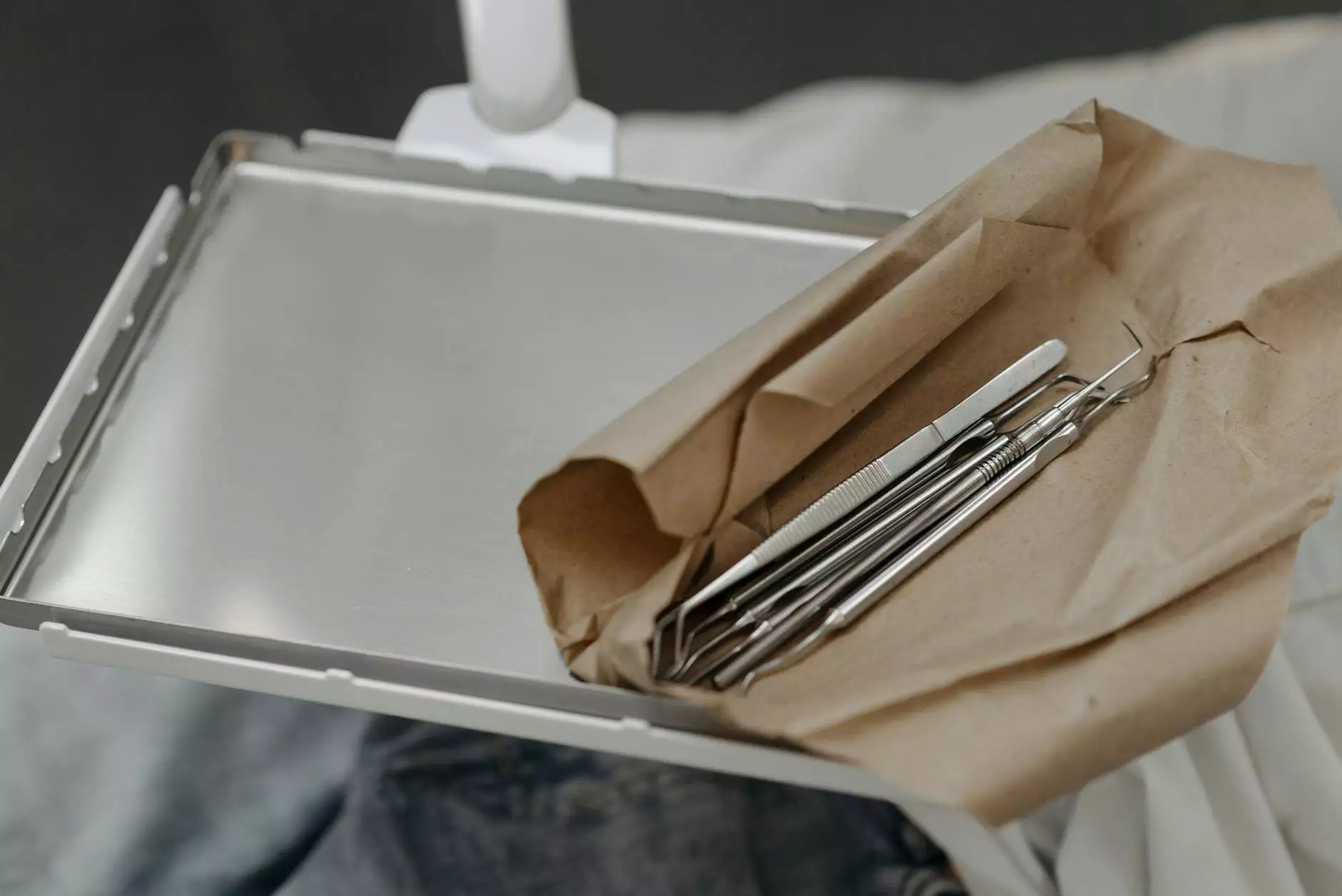Understanding Porcelain Onlays in Dentistry

Porcelain onlays are an essential option in the field of restorative dentistry, combining aesthetic appeal with functional effectiveness. As dental technology advances, more patients are opting for options that not only restore their dental health but also enhance their smiles. In this comprehensive guide, we will delve deeply into everything you need to know about porcelain onlays, why they are favored by both dentists and patients, and how they compare to other dental restoration techniques.
What Are Porcelain Onlays?
A porcelain onlay is a custom-made dental restoration that is designed to fit over or inside a tooth that is moderately damaged but still structurally sound. Unlike crowns, which cover the entire tooth, onlays are used when the damage is not extensive enough to warrant a full crown. They are made of durable porcelain material that closely resembles the natural tooth color, making them a popular choice for restoring teeth in the visible areas of the mouth.
Benefits of Porcelain Onlays
Choosing porcelain onlays for dental restoration comes with several benefits:
- Aesthetic Appeal: The porcelain material closely mimics the look of natural teeth, providing a seamless appearance.
- Strength and Durability: Porcelain onlays are highly durable and can withstand the forces of biting and chewing, often lasting for many years with proper care.
- Preservation of Tooth Structure: Onlays require less tooth reduction compared to crowns, preserving more of the healthy tooth structure.
- Stability: These restorations bond strongly to the tooth structure, providing enhanced support and preventing further tooth decay.
- Lower Risk of Sensitivity: Porcelain onlays are less likely to cause tooth sensitivity compared to other materials like composite resins.
Indications for Porcelain Onlays
Porcelain onlays are recommended in various situations, including:
- Moderate Tooth Decay: When a tooth has a cavity that is too large for a filling but not extensive enough for a crown.
- Fractured or Broken Teeth: To restore teeth that have been weakened due to cracks or fractures.
- Cosmetic Enhancement: For patients seeking to improve the appearance of discolored or irregularly shaped teeth.
The Procedure for Getting Porcelain Onlays
The process of obtaining a porcelain onlay typically involves several steps:
Initial Consultation and Diagnosis
Your journey begins with a thorough examination by your dentist, who will assess the extent of the damage to your tooth and discuss your options. X-rays may be taken to understand the condition of the tooth and surrounding structures.
Preparation of the Tooth
Once you decide to proceed with an onlay, the tooth will be prepared, which includes:
- Removing any decayed portions of the tooth.
- Shaping the remaining tooth structure to provide a solid base for the onlay.
- Taking impressions of the prepared tooth to custom fabricate the onlay.
Temporary Restoration
In most cases, a temporary restoration will be placed over the tooth to protect it while the permanent onlay is being fabricated in a dental lab.
Placement of the Permanent Onlay
After a few weeks, when the laboratory has crafted your porcelain onlay, you will return to your dentist for the final placement:
- Your dentist will remove the temporary restoration.
- The onlay will be checked for proper fit, color, and bite.
- Once everything is satisfactory, the onlay will be bonded to the tooth using a special adhesive.
- Any necessary adjustments will be made to ensure comfort and proper alignment.
Maintaining Your Porcelain Onlays
Once your porcelain onlays are in place, maintaining good oral hygiene is essential to prolong their lifespan:
- Regular Brushing: Brush your teeth at least twice a day with fluoride toothpaste.
- Floss Daily: Clean between your teeth to prevent gum disease and decay.
- Routine Dental Checkups: Visit your dentist regularly for professional cleanings and examinations.
- Avoid Hard Foods: Be cautious when consuming hard foods that can chip or crack your onlays.
Comparing Porcelain Onlays to Other Dental Restorations
Porcelain Onlays vs. Dental Crowns
While both porcelain onlays and dental crowns serve the purpose of restoring damaged teeth, they differ significantly:
- Coverage: Crowns encase the entire tooth, while onlays only cover the damaged part.
- Tooth Reduction: Onlays require less tooth structure to be removed compared to crowns.
- Aesthetic Considerations: Both provide an aesthetic solution, but onlays are often less noticeable as they conserve more of the natural tooth.
Porcelain Onlays vs. Dental Fillings
Fillings are commonly used for small cavities, while onlays are utilized for more extensive damage:
- Size of the Restoration: Fillings are suitable for minor cavities; onlays address moderate damage.
- Longevity: Onlays can last significantly longer than fillings due to their durability.
- Material: Onlays are made from porcelain, while fillings are often composite resin or amalgam.
Common Concerns and Myths About Porcelain Onlays
Many patients have inquiries when considering porcelain onlays, and some common concerns and myths include:
Durability
Myth: Porcelain onlays are fragile and prone to breakage.
Fact: When properly placed, porcelain onlays are extremely durable and can last for a decade or more.
Sensitivity
Myth: Onlays cause increased tooth sensitivity.
Fact: Most patients report little to no sensitivity following the placement of porcelain onlays.
Cost
Myth: Porcelain onlays are too expensive for the average patient.
Fact: While they may have a higher upfront cost than fillings, their longevity and durability can make them a cost-effective choice in the long run.
Choosing the Right Dentist for Porcelain Onlays
The success of your porcelain onlay largely depends on the skill and expertise of your dentist. Here are some tips for selecting the right dental professional:
- Experience: Look for a dentist with extensive experience in restorative dentistry and specifically in placing porcelain onlays.
- Reputation: Read reviews and ask for referrals from friends or family who have had similar procedures.
- Comprehensive Consultation: A good dentist should provide a detailed explanation of the procedure and address all your concerns.
- Technological Advancements: Ensure that your dentist utilizes modern technology for precision in creating and placing onlays.
Conclusion: Investing in Your Smile with Porcelain Onlays
In summary, porcelain onlays are a fantastic choice for individuals seeking reliable and aesthetically pleasing dental restorations. With their ability to enhance both the strength and appearance of damaged teeth, onlays represent a significant advance in restorative options. When considering a porcelain onlay, it's crucial to work with a skilled dentist to ensure the best possible results. Investing in your dental health today can lead to a radiant smile and improved overall health for years to come.
If you are interested in exploring porcelain onlays or have further questions, do not hesitate to contact us at Chiswick Park Dental. Our team is committed to providing personalized care with a focus on your dental success and satisfaction.









